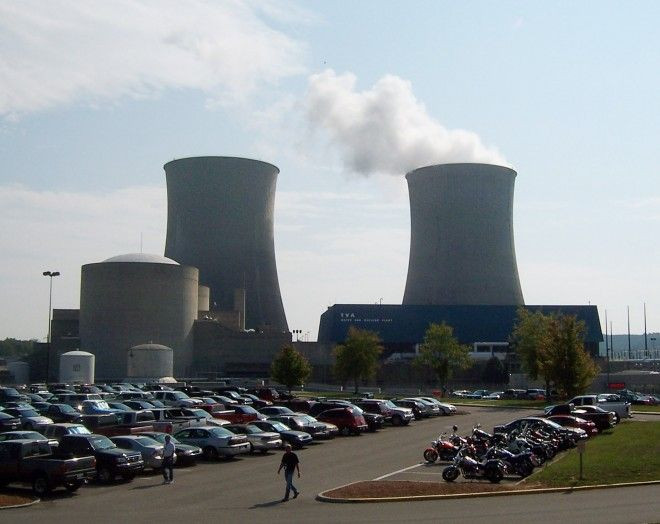NRC: Make Nuclear Plants Tough Enough For Planes

A decade after the Sept. 11 attacks, future nuclear power plants could be required to be built to withstand an airplane hit.
The U.S. Nuclear Regulatory Commission has approved a proposed rule that says advanced boiling water reactors must be built to withstand aircraft impacts similar to the one that brought down the World Trade Center.
An advanced boiling water reactor is a new design that moves much of the water pumping apparatus inside the reactor vessel, as well as simplifying the cooling system.
STP Nuclear Operating Company submitted an application in June 2009 to amend their reactor design. The comapny had originally applied to build a reactor in Texas, but in 2009 the NRC said that builders had to assess how well a plant could withstand a hit from a commercial aircraft. STP had to file a revised application.
The new rule will certify that STP accounted for an aircraft impact properly. That means if a plane were to hit the reactor vessel or outlying buildings, it should take only minimal work from the operating technicians to ensure the reactor remains cool and that the pool for spent fuel remains intact. STP plans to build a reactor in Texas.
Should such an unlikely event take place at a new plant designed in accordance with the new rule, the NRC expects the plant would be better able to withstand such a crash than the same design without changes resulting from the rule, the Commission said in its statement.
Infrastructure attacks have been a recurring issue in the discussion of terrorist threats, especially the fears of an attack on a nuclear power plant. That said, there has been only one other attempt to drive a plane into a building since 2001, a pilot in a small aircraft who crashed into a Texas office building used by the Internal Revenue Service.
Most nuclear reactor containment buildings are large concrete structures, so it is unclear whether any airplane could bring them down. However, the outlying buildings that contain the control and support for the reactor itself are more vulnerable, the NRC says.
© Copyright IBTimes 2024. All rights reserved.





















